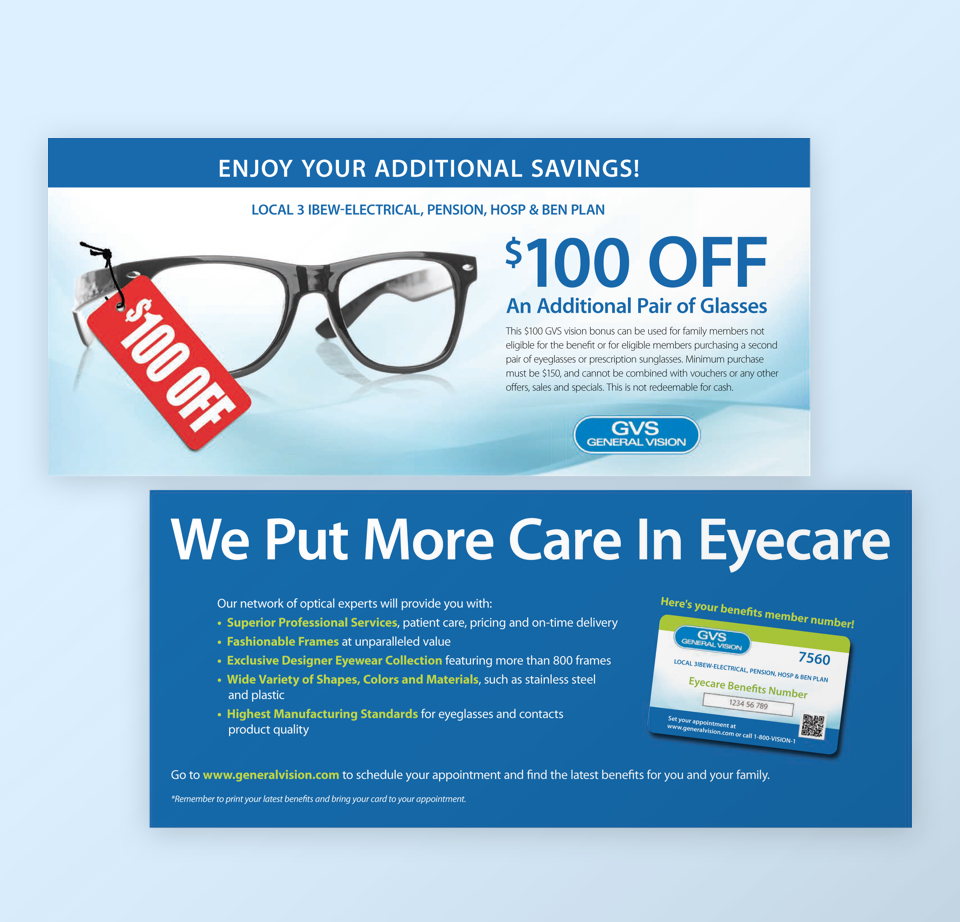Great story that dissects mobile behavior across gender, age and usage. Just proves that carrying a super computer in your pocket does change the world!
There’s that old saying about how it takes walking a mile in someone else’s shoes to know them. But for Google, all it takes is a week of tracking a person’s digital and physical footsteps.
In one of its most comprehensive studies yet for how people benefit from mobile devices, Google asked 1,000 users to take a survey several times a day for a week to help the company better understand their needs throughout the day and how a smartphone helped them. The results, released today, provided more than 14,000 responses that helped illustrate when people want to know something, buy something, watch something or do something.
The results are good news for Google, which now receives more than half of its search traffic from mobile devices. It also now gives the company more evidence for pitching mobile-first advertising campaigns for both marketers to drive online sales, mobile application installs and offline visits. According to Google, 92 percent of respondents who did research on their phone made a purchase within a day, and 76 percent of those searching for something nearby visited a related business within a day. (Back in May, Google said mobile shopping searches had gone up 30 percent in the past year.)
“What we found in this diary setting is what we’ve been seeing over the last few years,” said Lisa Gevelber, Google’s vp of marketing. “This shift to mobile is not just a shift in biases—it’s a dramatic shift in consumer behavior and in expectations.”
According to Google, smartphones were the most popular type of device for addressing daily needs. In fact, 96 percent said they used their phone, while just 33 percent used a tablet and 73 percent used a laptop. (Exactly half said they used more than one device.) Most people said they used their phone the most because it was the closest device or easiest device at any given time. However, slightly more people (37 percent) said a laptop provided the “best experience” for meeting those needs than a smartphone (36 percent).
In one example touted by Google, flower delivery service Teleflora optimized a campaign to focus on searches that included “near me.” By doing so, mobile traffic tripled, with conversion rates rising 14 percent.
However, there was something else that was more surprising to Google: Users didn’t only name a smartphone as their device of choice for immediate needs, but also for those needs that needed to be addressed sometime that day or another time in the future.
From Gevelber’s perspective, search is no longer only a lower-funnel solution for marketers. She said the research results show search is important earlier on in the buying process than many previously thought.
“It is interesting that what consumers want, what we want and what our clients want are all perfectly aligned,” she said. “Consumers want relevant results when they want them, clients want to reach the right person who’s actually interested in what they have to offer at the right moment.”
Audiences also varied. For example, women were more likely than men to look at images online (58 percent to 42 percent), millennials connected via text or messaging app more often than other generations (47 percent to 36 percent) and women were more likely than men to connect with a business directly (41 percent to 33 percent). And while millennials often get more credit for being tech savvy, the results of Google’s survey found that adults over the age of 35 were more likely to visit a retailer website or app 80 percent to 70 percent).
However, the results weren’t all rosy for every industry: Only 10 percent of respondents said they looked at an offline newspaper, magazine or book when addressing a need, while 29 percent said they asked someone in person when they needed something. (So the next time a friend gets upset for being told to “just Google it,” there’s now evidence that nearly everyone does it.)
Here’s a full breakdown of actions people took to address their needs:

Source: AdWeek September 12, 2016

What Google Learned From the Digital Diaries of 1,000 Mobile Users
Great story that dissects mobile behavior across gender, age and…

